Ktenanta: types, flowering and care at home
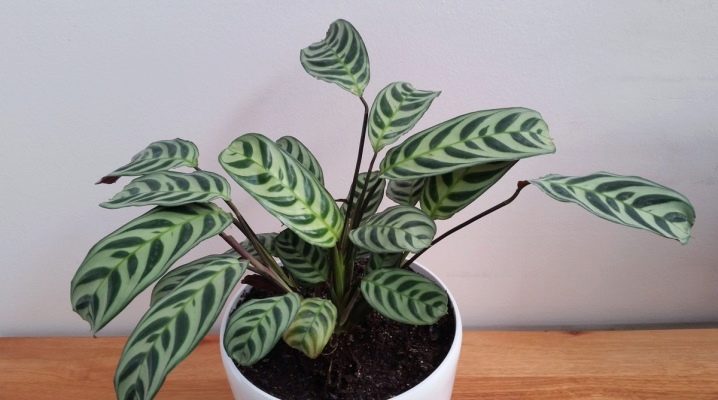
Most often, when choosing a houseplant, people give preference to those flowers that have an interesting color of the leaves or the flowers themselves. Such specimens always look very impressive and can even serve as a full-fledged element of the interior.
Many of the ktenant species look very bright due to interesting contrasting patterns on the leaves. Therefore, many lovers of indoor flowers have found a place for her in their collections.

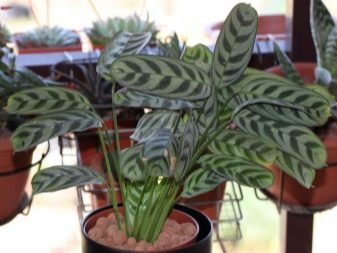
Description
Ktenanta is from South America. The flower is an evergreen deciduous bush with beautiful leaves. The habitat for this plant is the jungle. Therefore, warmth and high humidity are ktenants' best friends.
As a houseplant, the ktenant took root due to its compact size and relative unpretentiousness. For a flower from warm edges, it does not have a long list of impossible care requirements. Everything is rather prosaic - good watering, warmth, sun and fertilization.
The main decorative merit of a flower is its leaves. They have a beautiful pattern. It is he who stands out to the ktenant against the background of other deciduous plants. Depending on the type of plant, there are several different patterns and colors of the leaves from the usual combinations in green tones to more contrasting ones.
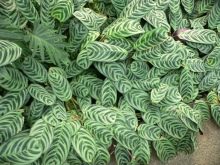
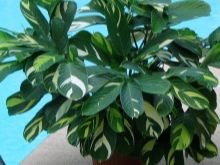

Blooming ktenants as a houseplant is a very rare phenomenon. It even happens that it does not bloom, at all. It does not depend on how well the flower is provided with all the necessary conditions for life. But flower growers do not consider this a big omission. The ktenanta flower looks rather inconspicuous - it is a small spikelet of red or white.
The fact that this domesticated plant practically does not bloom has its advantages. This feature makes it a great indoor flower option for people who are allergic to pollen.
An interesting feature of ktenants is the great mobility of the leaves. They follow the sun throughout the day, turning towards it with the entire plane of the leaf. And also the leaves wake up in the morning with the sun: they descend and open. In the evening, they roll up and rise higher. Sometimes this process is accompanied by a quiet rustling.
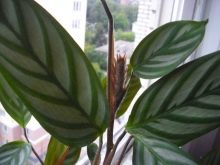

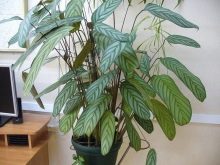
Varieties
Ktenanta has 15 species, but the article will consider only the most popular and their names, which can be found in colder latitudes as an ornamental plant indoors.
The main difference between the ktenant species is the color and shape of the leaves. But also some of the species differ in their height. The shorter varieties are ideal for those who prefer compact indoor plants. But some of the ktenants can reach up to a meter in height.

Ktenant Oppenheim
The record holder in popularity among florists. It owes this to its unusual leaves. Above, they are green and stand out only with contrasting chaotic stripes, which can be beige or silvery-green. But the most interesting thing is hidden on the lower surface of the sheet - there it has a rich red tone. The shape of the leaves of Oppenheim's ctenants is oblong. The leaves are quite long and are arranged on thin stems. Each leaf can be up to 40 cm long.
Such a flower in natural conditions does not belong to undersized and can compete in growth with a tree.However, as a houseplant, Ktenant Oppenheim is a beautiful bush.
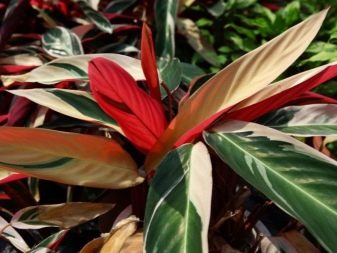
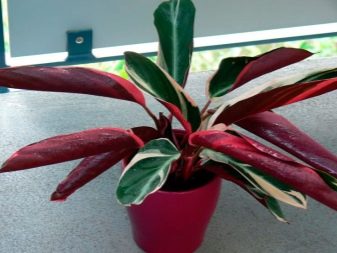
Ktenanta Lubbers
Looks pretty interesting too. The dark green leaves of this plant stand out with an asymmetrical pattern, similar to feathers in a lighter shade of green or yellow. Leaves are oval and small. Ribbed stripes run from the core to the edges of the sheet, making the sheet corrugated to the touch.
The flower is a fairly compact houseplant. The maximum height of Ktenants Lubbers is 80 cm, but the average height fluctuates around 50 cm.
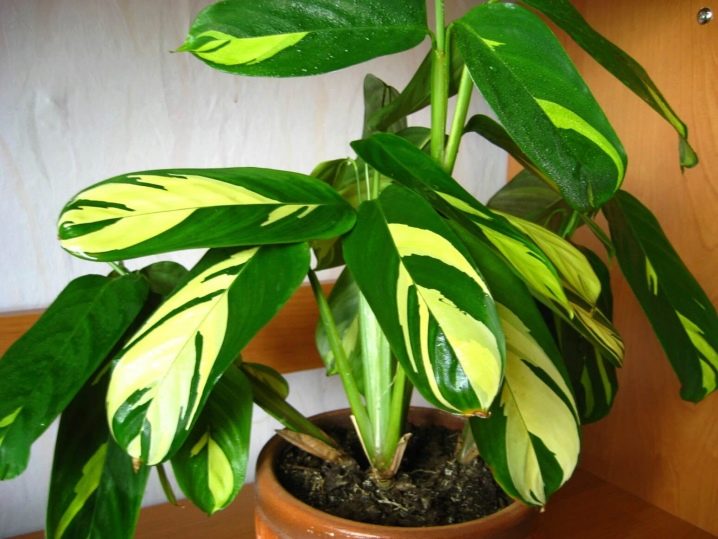
Setosis
It is sometimes read and written as cytosis, also known as pubescent ktenanta. This flower belongs to the medium-sized species. It can grow up to 80 cm tall.
The leaves of the setosa are colored dark green and have an oval shape, close to the shape of an egg.
This look is distinguished from others by strokes on the leaves, as if applied with an artistic brush. Their color can vary from light green to gray.
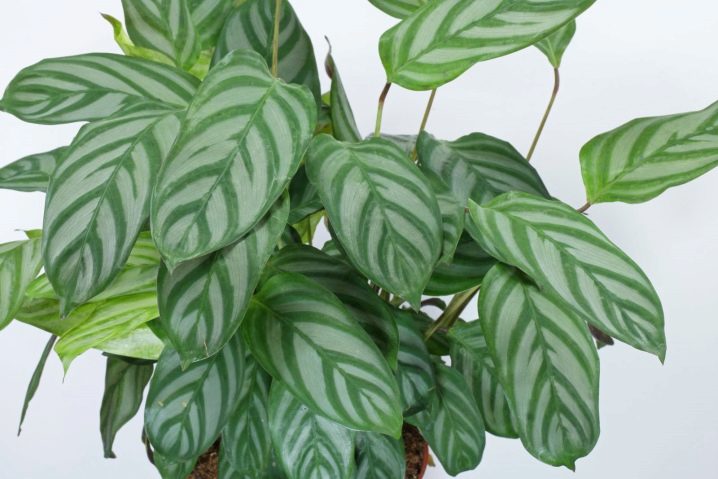
Ktenant Burl-Marx
Another representative with an interesting color of the leaves. They have a pale green tone and a dark green pattern of thin stripes. In this case, the strips pass from the core of the sheet to the edges, where they are connected with a thin edge, bordering the sheet over the entire area. The reverse side of the leaf has a dark purple hue.
Ctenant Berl-Marx grows no higher than 40 cm in height, being one of the most compact species among all types of ctenants.
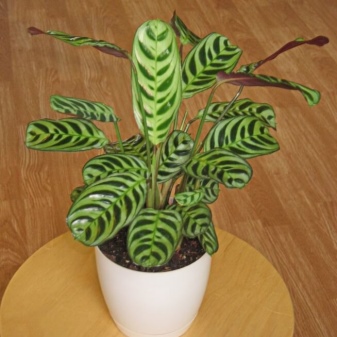
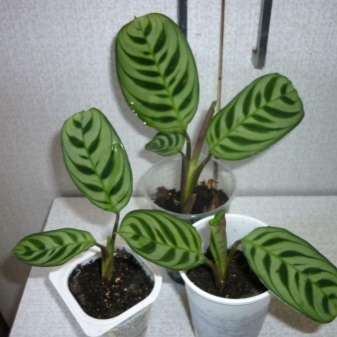
Squeezed ktenanta
Has an almost uniform color of leaves. For plants of this kind, this is an exception. In fact, the leaves of the compressed ctenant also have a characteristic pattern, but the color of the veins on the leaves is almost the same as the color of the leaf. This makes them almost invisible.
Of all the species, the compressed ctenant is the most stable and unpretentious. She tolerates a lack of light or dry soil rather calmly.
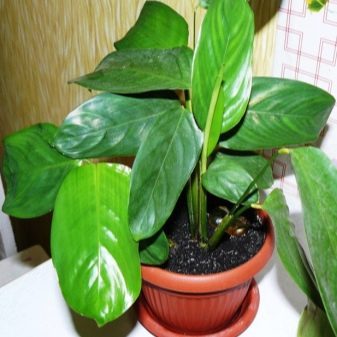
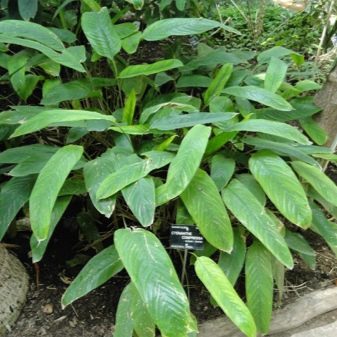
Conditions of detention
In order for a ktenanta to feel comfortable as a houseplant, she needs to provide certain conditions.
Temperature and humidity
In latitudes with colder climates, it is very important to provide the plant with the necessary temperature and humidity level.
The plant is very thermophilic. During the year, during the day, he needs a temperature of + 18.20 ° С, at night the thermometer can drop to + 16 ° С. A drop in temperature below can be critical. In summer, the ktenanta feels comfortable in the temperature range of + 22.25 ° С during the day and + 20.22 ° С at night.
Drafts and hypothermia can lead to the death of ktenants, as well as sudden temperature changes. It is important to ensure not only the air temperature at the desired level, but also to ensure that the soil of the plant does not cool down.
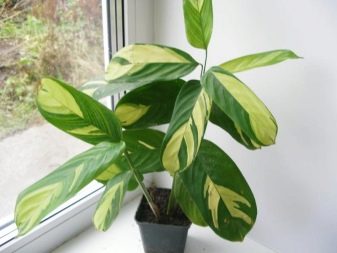
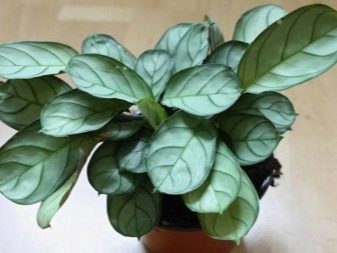
A distinctive feature of the tropical jungle is the high level of humidity. There it is 70-90%. At home, the ktenante needs to provide conditions similar to natural ones.
This requires spray the plant twice or three times a day. It is best to do this from a fine spray bottle. This will allow the leaves to retain their appearance. If you use a coarse spray bottle, water stains or streaks may appear on the leaves.
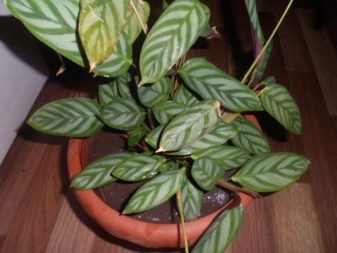
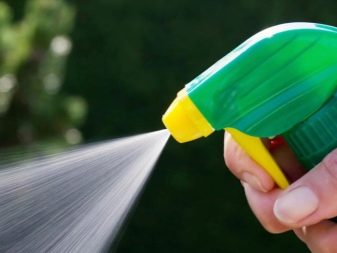
Another way to maintain moisture levels is to cover the plant overnight with plastic. You can use a film or a regular bag. The main thing is not to drape the ktenant tightly and not block her access to oxygen.
A humidifier can also help raise the humidity level in the room. If it is not possible to buy a humidifier, you can put any container with water next to the flower. The moisture evaporated from it will be absorbed by the flower.
As an additional measure, you can periodically place the ktenant pot on a pallet of damp moss or pebbles.
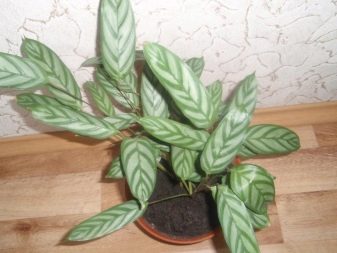

Lighting and location
With light, things are a little more complicated. Ktenanta does not tolerate the direct hit of the sun on its leaves, but it requires a lot of light. The sun's rays are especially dangerous for the plant in spring and summer, when they become much more intense. If they get on the leaves, they can cause burns.
The flower loves abundant diffused light. But here it is important to keep the golden mean. With a clear excess of brightness, the leaves can change their appearance: fade and shrink.
The plant needs light for 2/3 days all year round. This need does not change even when daylight hours begin to decrease - in autumn and winter. Therefore, during these times of the year, the ktenant needs additional lighting. This method can also be used on especially cloudy days. If you do not add artificial light to the daytime, the leaves of the plant will begin to change color and dim due to lack of light.
The best places for a pot with a ktenant are windows in the west or east. It is only important that the sun does not fall on the plant.
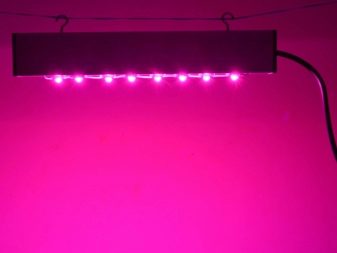

How to care?
At home, caring for a ktenant is not limited only to putting a flower pot in the right place or providing it with moisture and warmth. Other criteria of care, such as watering, feeding, pruning, are no less important for the full life of a flower.
Watering
Providing constant watering is important to ensure that the plant receives the required amount of moisture. Before use, the water must be defended for a day, or you can use filtered water. The main thing is not to water the ktenant with chlorinated water directly from the tap. It could hurt her.
In the warm season, watering should be quite abundant. The frequency is determined by monitoring the ground. Between waterings, the soil should have time to dry out evenly from above by 1 centimeter in depth.
In winter and autumn, watering is gradually reduced and becomes less abundant. With a decrease in temperature, the rate of evaporation of moisture from the soil decreases.
The watering mode for the flower must be chosen so that the soil does not have time to dry out and is not too waterlogged. Both of these extremes are destructive for the ktenant and can lead to her death.

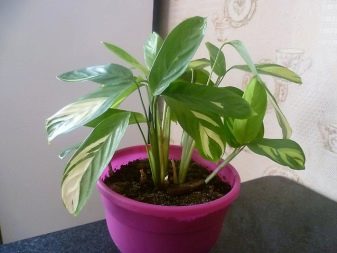
Top dressing
To provide the ktenant with everything she needs, she needs to be fed regularly. This is not a recommendation, but an important component for a comfortable plant life. Through fertilization, the flower will receive all the necessary substances for its growth and development.
In the warm season, the plant needs to be fed more often, in the cold season - less often. The frequency of feeding in spring and summer is once every 2 weeks. In winter, the interval increases to one and a half months.
For feeding ktenants, you can use standard fertilizers for deciduous plants. A serving is half the dose prescribed by the fertilizer manufacturer.
It is most convenient to use liquid fertilizers, because they are absorbed more evenly in the soil. It is only important not to carry out top dressing at the same time as watering if liquid fertilizer is used. It is better to add it after a couple of days to moderately moist soil.
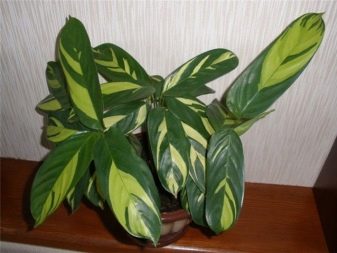
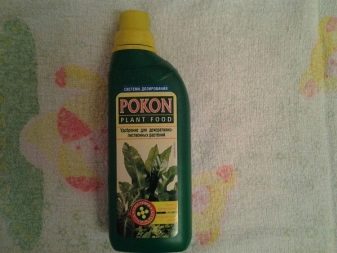
Pruning
If the ktenant is not periodically cut off, it begins to grow chaotically. Part of the shoots will not have enough sun for full development, because the other part will grow and block their light. Therefore, growers are advised to remove shoots that are too long so as not to interfere with the growth of new leaves. And also remove dried and yellowed leaves from the plant.
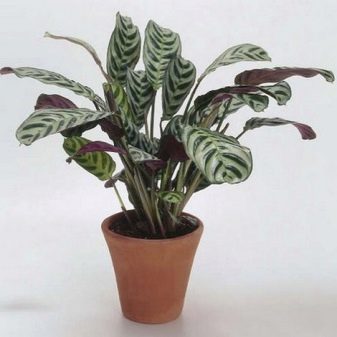

Transfer
As with any houseplant, the ktenante needs a transplant in order to renew the depleted soil. A young plant needs it annually. It is important to provide the flower with everything it needs for healthy growth. The substrate contains many useful elements that the ktenanta absorbs during the growth process. By the end of the year, the soil becomes "empty", so it needs to be renewed.
An adult plant needs a transplant no more than once every 3-5 years. However, it also needs at least partial soil renewal. It does not need to be updated entirely. But flower growers advise once a year, pour the top layer of fresh soil into the pot with the ktenant.
The most suitable time of the year for transplanting is late spring or summer.In the cold season, a transplant can be carried out only in case of urgent need.
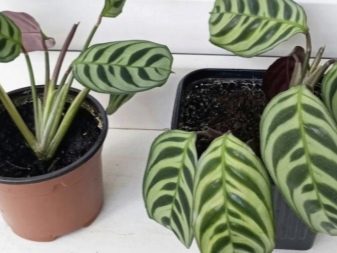
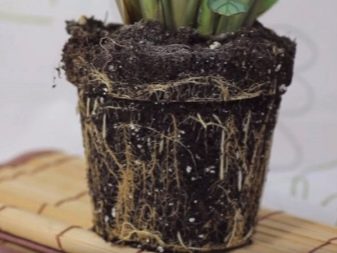
After purchase, the ktenant also needs to be transplanted, regardless of the time of year. Before that, it must be quarantined for 2 weeks away from other plants. The reason for the need for transplanting is that, for sale, all plants are planted in semi-empty soil, from which they can get practically nothing. This is done in order to slow down the growth of plants. Therefore, it is important to transplant the flower into fresh soil and at the same time into a new pot.
You can buy soil for ktenants, this will free you from unnecessary difficulties with the selection of proportions and ingredients. Ready-made soils for azaleas or arrowroots are suitable for the flower.
You can prepare the soil yourself. For this you need to mix thoroughly 2 parts of leafy soil and one part of peat and sand. You can add some crushed charcoal to the substrate, but this is not necessary.
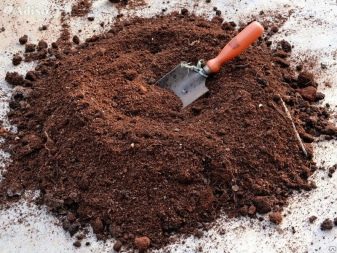
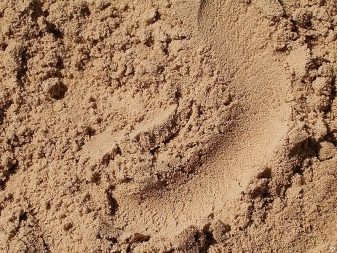
It is important to provide the plant with excellent drainage. To do this, the bottom of the pot must be covered with drainage material before adding soil and planting the plant.
The plant likes wide pots, but not very tall. Too large pots will not work for the ktenante. There will be too much soil in them, too much watering, which will eventually lead to an excess of liquid and rotting of the roots.
With each subsequent transplant, you need to pick up a pot 3-4 cm wider than the previous ones. This is the best step for enlarging the pot to avoid water and root problems.
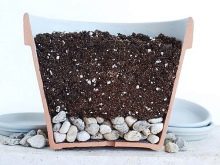
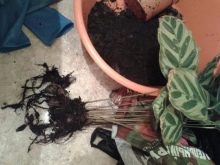
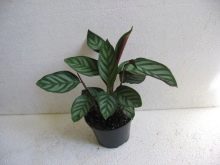
Reproduction
You need to breed a ktenant in late spring or summer. This can be done in several of the most popular ways for other plants:
- cuttings;
- division;
- seeds.

Cutting is always done with a sharp instrument. Better with a knife, but using scissors is also acceptable. A blunt instrument can injure the plant.
For propagation by cuttings, you need to cut off a piece of branch about 8-10 cm long. It is important that the handle has one or two internodes. An internode is a stalk between two leaf nodes. And also there should be at least 2-3 leaves on the handle.
The cut of the cutting needs to be processed. This can be done either with crushed charcoal or crushed activated carbon. After that, the cutting is dipped in a growth stimulant solution. It could be "Kornevin", "Epin" or "Zircon".
For germination, the cutting is placed in a container with water. It is important to put the container in a warm place and protect it from drafts and temperature extremes.

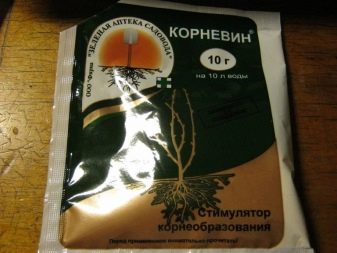
When the roots appear and grow by about 1 cm, the cutting should be planted in the ground. For successful rooting, the future plant is sprayed with water and covered in a mini-greenhouse. At the same time, in the place where the pot with the handle stands, the air temperature should be in the range of + 22.25 ° С.
The greenhouse needs to be ventilated regularly. It is also important to ensure that the plant has enough light. The soil must be watered so that it does not dry out.
You can start caring for the plant in the same way as for its adult counterparts after the first leaves appear on the cuttings.
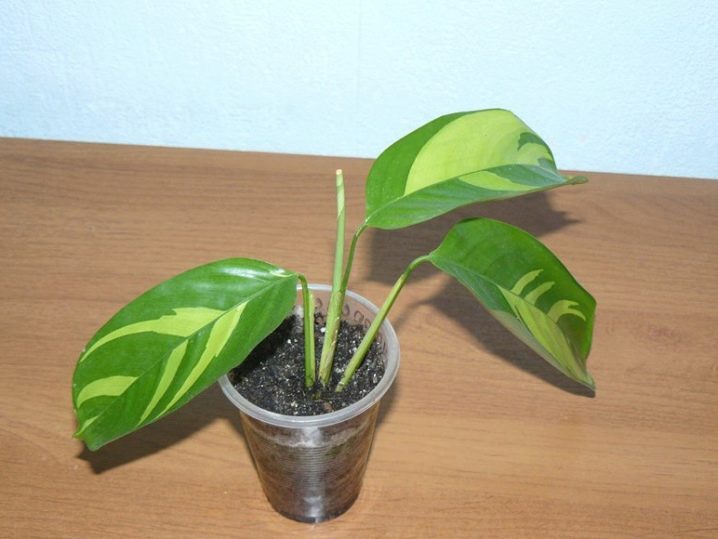
It is easier to multiply a ktenant by dividing. But this method is suitable only for adult plants over 5 years old.
You can divide the bush into several during a planned or emergency transplant. An important condition is that the flower must have a well-developed root system. When dividing one bush into several parts, each part of the roots should have stems with leaves. Without a stem, the root will not give a new plant.
When transplanting, the plant bush is divided into 2 or more by cutting the roots. It is important to do this with a sterile and sharp instrument: a knife or scissors. Root cuts should be treated with crushed charcoal - activated or woody - or ground cinnamon. Before planting in the ground, the treated roots must be set aside and allowed to dry out a little. This will take 2-3 hours.
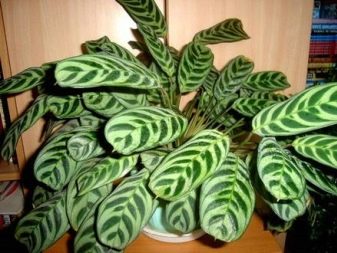
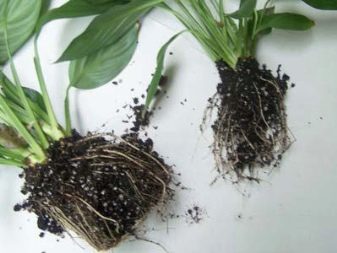
The resulting individual bushes are planted each in its own pot. The plant must be sprayed and covered with plastic. Watering the ktenant should be done as usual.A little of any growth stimulant is added to the water. The solution must be weak. When new leaves begin to appear, you can begin to water the plant with plain water and take care of it as usual.
Rooting will be accelerated by a high temperature of + 25.27 ° С, bottom heating of the pot and bright diffused lighting.
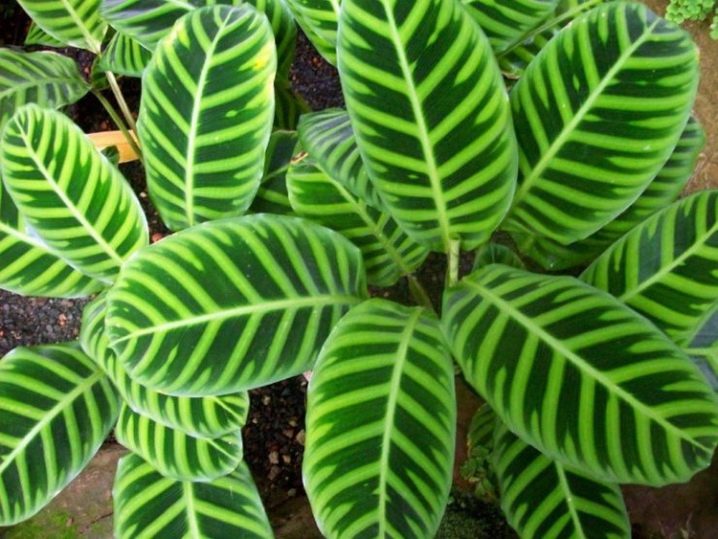
Seed propagation is rarely used. This is due to the fact that the ktenanta almost does not bloom at home and does not give seeds. The method itself is quite lengthy.
The seeds are germinated in a mini greenhouse. They need to provide constant humidity - wet gauze will do. But you also need to use the bottom heating of the container, otherwise the plant does not have enough heat for the roots to appear.
The first shoots appear from seeds only after a month. They can be transplanted into separate containers only after another month and a half.
Shoot care should be the same as for cuttings during rooting. When the plant takes on the appearance of a full-fledged flower, you can transfer it to the usual mode of caring for the ktenant.
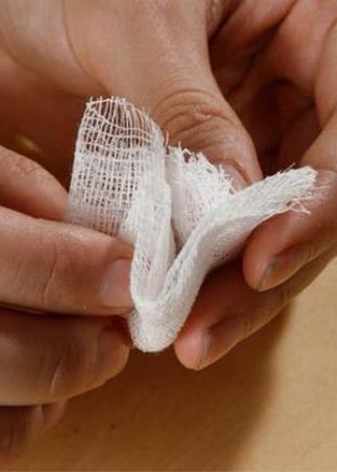
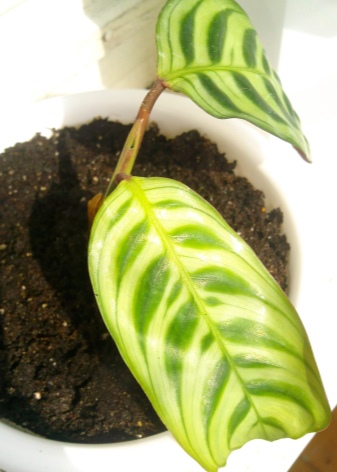
Diseases and pests
The sickness of the ktenanta is the result of poor care. This or that external manifestation indicates specific errors.
- Leaves fade, lose color and / or turn yellow, curl up into a tube - burn from direct sunlight or lack of moisture. The solution may be to spray the plant and water it on time. You may also need to find a new place for the plant pot. There it will be protected from direct exposure to the sun, but will receive the right dose of scattered light.
- Stems fall or bend, lose stability, they start to rot, foliage falls off - waterlogging of the soil and (or) low temperature in the room. It is important to keep the ktenant warm throughout the year and water it carefully so as not to create a swamp in the pot.
- The plant slows down growth, the tips of the leaves begin to dry - low level of humidity. It is necessary to check whether the irrigation regime is observed. Spray the plant with settled water several times a day.
- Young leaves grow too small - lack of light. If the plant is not pruned and has too tall branches with large leaves, they block access to light for young shoots. These branches need to be pruned so that the entire plant receives light evenly. There is a chance that the pot is in the shade. To solve the problem, you need to rearrange it to another place where there is more diffused light, or provide artificial lighting.
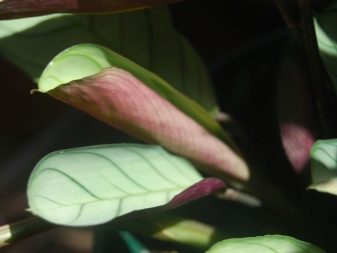
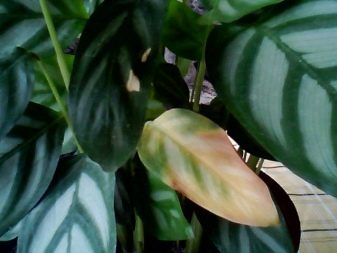
The ctenant can be attacked by a scabbard or spider mite.
The scale insect is a pest very similar to aphids. Despite the miniature size (no more than 5 mm), the insect is very dangerous. It gradually sucks the juice out of the plant. Symptoms of the appearance of scale insects on the flower - the leaves become covered with dark spots, dry and eventually fall off.
Spider mites appear when the room becomes too dry. As soon as it settles on a plant, its leaves are covered with a gray cobweb. To prevent the appearance of a spider mite on a ktenant, it is enough to provide it with the necessary level of humidity.
If you find any of the insects, you need to do the same thing. It is necessary to treat the ktenant with an insecticide (for example, "Aklettik"). If the infection is too strong, the treatment must be repeated after 5-7 days.
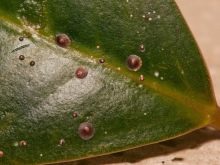
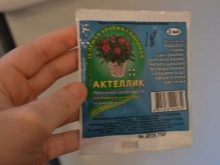
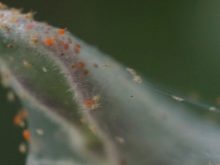
For information on how to care for a tenant at home, see the next video.























The comment was sent successfully.